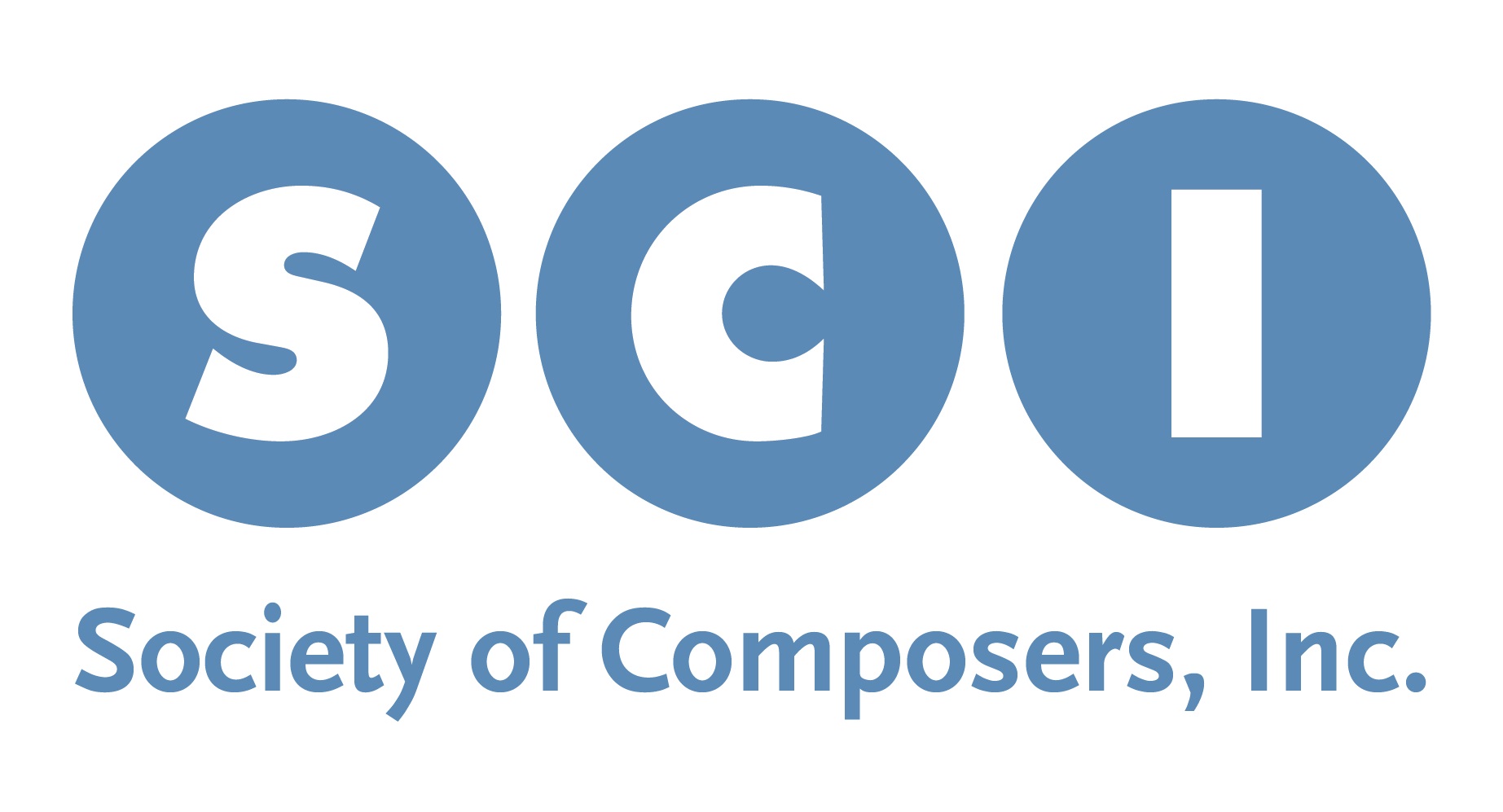A recording series was only a glint in the collective eye of the Society (then, the American Society of University Composers) until the seventh National Conference in 1972 at the Peabody Conservatory. At that conference, a panel, entitled Compositional Approaches to Computer Music was chaired by John Melby with participants David Cohen, Charles Dodge, Hubert S. Howe, Jr., Donald MacInnis, and Barry Vercoe.
This was one of the events that actually took place in Baltimore before the conference was shut down due to the turmoil following the assassination of Martin Luther King, Jr. (Oddly, the review of this conference in the Newsletter, by Richmond Browne, does not mention this premature closing.) When the proceedings of that conference were issued in 1974 (a double issue containing also the proceedings of the eighth conference), it was accompanied by a 33 1/3 rpm recording produced by David Cohen that contained the examples from his presentation as well as [I think it contained Freeze by Tuck and some other complete pieces. I’m writing to Tuck for the contents.] With this precedent before us, I began to dream of producing recordings as companion pieces to every other issue of the Journal of Music Scores (the Journal began publishing in 1973).
By 1975, Bruce Taub had taken over the Journal. He and I and John Epperson and John Selleck spent many meetings planning and putting together the fist recording. Tapes of submissions were sent to Barton McLean, who, along with Priscilla, were producing the SCI Radio Series. But the facility that actually made possible the production and distribution of the series was Advance Recording, a company owned and managed by Barney Childs. Barney was very helpful in making our first recordings possible. Maintaining a record company is no small task, and we owe a tremendous debt to him. He literally put the facilities of Advance at our disposal. His engineer, Philip F. Dering II, was the production engineer.
One little side note I would like to interject: The cover photo was from a photo session in Princeton when a friend and took pictures of the (northern) Magnolia trees about to bloom on the walkway that leads up to the Graduate Center. By the second recording, a newcomer by the name of Richard Brooks had joined our little group, and he had the expertise and industry to take the ASUC Record Series into realms of which we’d never dreamed, and I’ll let him take up the story from here.
Gerald Warfield

Follow Us